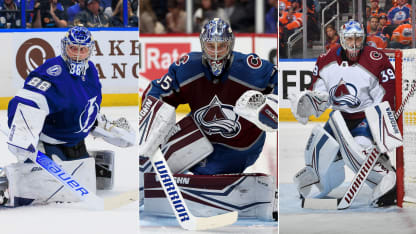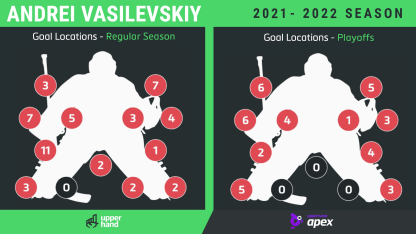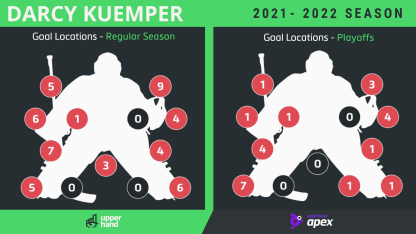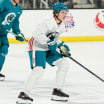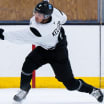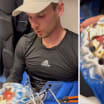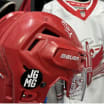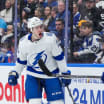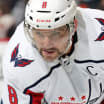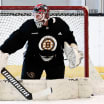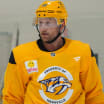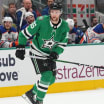Left to right, blocker-side high:There's been a lot of focus on teams trying to beat Vasilevskiy on the blocker side in these playoffs, and while the location is higher than it was in the regular season, the blocker side also allowed the most goals in the regular season. Part of the reason may simply be to stay away from a great glove hand that remains engaged and active even in desperation-save situations. Part of it may be a tendency to pull up and away a bit on high blocker-side shots rather than cutting them off out in front as he does with the glove. The most important factor appears to be completing lateral passes to that side before the shot. After excelling on passes across the slot line -- an imaginary line that divides the offensive zone from the goal line to the top of the face-off circles -- in the regular season, they've accounted for 13 of 39 goals in the playoffs, including 10 that got him moving left to right.
Screens and chaos: The next biggest factor is screens, which account for nine goals against Vasilevskiy this postseason. It is hardly surprising given the focus on "taking away the eyes" of goalies at this time of year, but it was also one of the few areas he struggled with in the regular season too. Just getting one player in his sightline isn't enough given how adept he is at using his 6-foot-3 frame, and tall stance, to look over traffic. Layered screens with multiple bodies and deflections and one-timers after being screened on the pass all played a role in those playoff goals.
Work the posts, beware of the stick:Goals off low-high passes from below the goal line or behind the net have dropped from 22 percent in the regular season to 13 percent in the playoffs; however, getting Vasilevskiy moving in and out of his posts with pass outs has worked in the past. The Lightning goalie has an active stick and is adept at cutting off some of those passes, but his tendency to stay paddle down on the blocker side can be exploited with short-side shots over that shoulder or on pass outs and quick shots to his glove. Any reach with the stick and blocker inherently delays him getting off the post and across to the other side.
No such thing as an empty net:Vasilevskiy continues to produce some of the lowest charted totals of goals allowed along the ice and outside his pads. These goals are typically representative of tap-ins after a lateral play, rebounds or a loose puck. The ones that have gone in during the playoffs have mostly bounced off a player at the side of the net. The important lesson here is to never get complacent on open looks because few in the game are better at getting a pad across when least expected, and since Vasilevskiy is so flexible, he can usually get a glove extended over top of it too.
